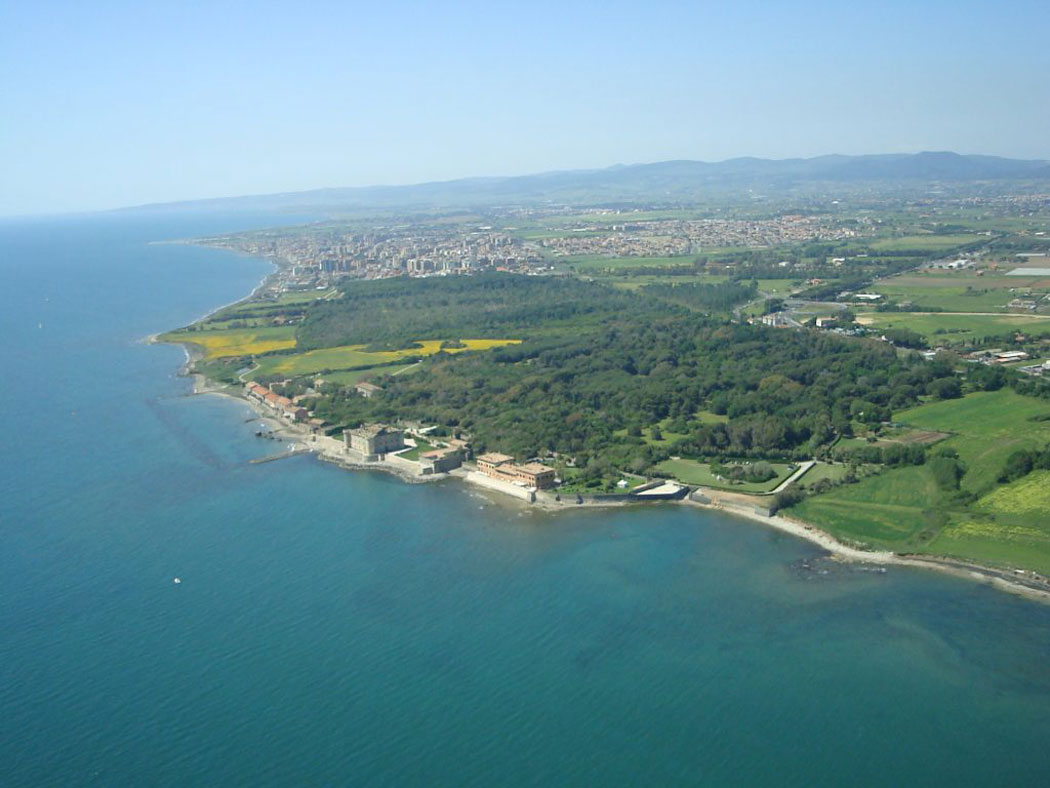

The first evidence of Ladispoli date back to the late Neolithic with arrowheads found in the swamp of Torre Flavia.
The current town of Ladispoli is located along the Via Aurelia on the old port of Alsium, one port of the Etruscan city of Cerveteri. In 272 BC it became a Roman colony and place of patrician villas including Pompey and Julius Caesar.
During the Barbarian wars, Totila destroyed the city, as shown by the various gothic crafted graves near Via Aurelia. After a ‘dark’ period, the first mention of a fortified settlement of Castrum Pali, dates back to 1200. This settlement eventually became a castle also using large stone blocks in square work from the ancient port of Alsium.
The name probably derives from palus (swamp) that surrounded the castle. The castle belonged to various noble Roman families, where stayed people such as Franciotto Orsini, Pope Alexander VI Borgia, Felice Orsini della Rovere, the Popes Paul III and Sixtus V, the cardinals Flavio and Virgilio Orsini.
The current town of Ladispoli is located along the Via Aurelia on the old port of Alsium, one port of the Etruscan city of Cerveteri. In 272 BC it became a Roman colony and place of patrician villas including Pompey and Julius Caesar.
During the Barbarian wars, Totila destroyed the city, as shown by the various gothic crafted graves near Via Aurelia. After a ‘dark’ period, the first mention of a fortified settlement of Castrum Pali, dates back to 1200. This settlement eventually became a castle also using large stone blocks in square work from the ancient port of Alsium.
The name probably derives from palus (swamp) that surrounded the castle. The castle belonged to various noble Roman families, where stayed people such as Franciotto Orsini, Pope Alexander VI Borgia, Felice Orsini della Rovere, the Popes Paul III and Sixtus V, the cardinals Flavio and Virgilio Orsini.
Read More
The castle of Palo was a fiefdom of the Orsini Odescalchi then, Grillo of Genoa, Loffredo of Treviso and again the Odescalchi. In 1884 Ladislao Odescalchi dwelt there. To ward off the village which over the years had formed around this castle, the prince founded in 1888 a town to which he gave his name: Ladispoli.
In the 1970s and 1980s Ladispoli was one of the transit points for USSR immigration. Thousands of Soviet immigrants lived in the city waiting for entry visas mainly to USA, Canada and Australia.
The beach in front of the Odescalchi castle was the scene of one of the most compelling stories of Italian art. Here Caravaggio mysteriously disappeared after being seen alive for the last time in front of the castle after he landed from a felucca (wooden sailing boat) that was supposed to take him to Civitavecchia.










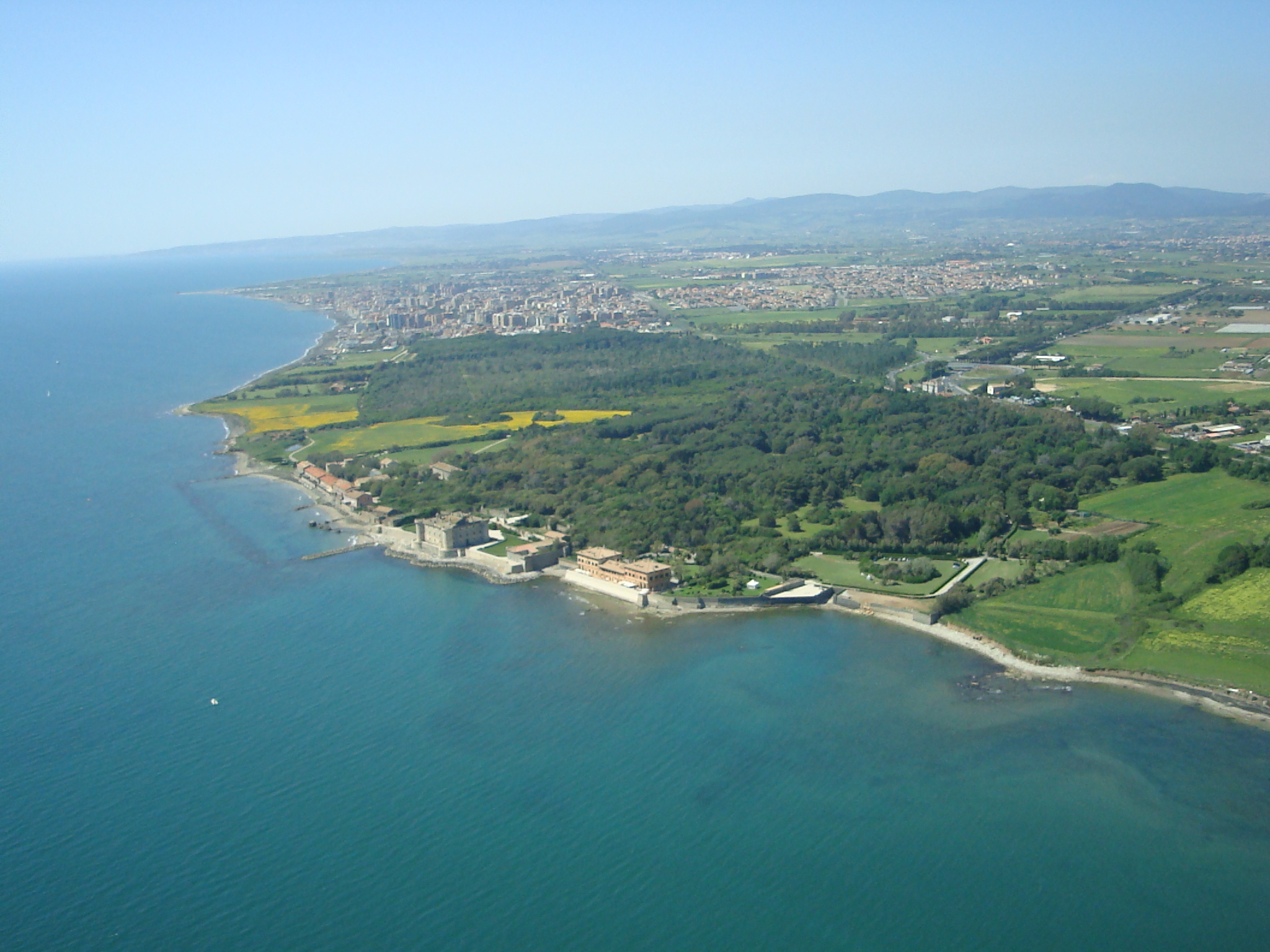
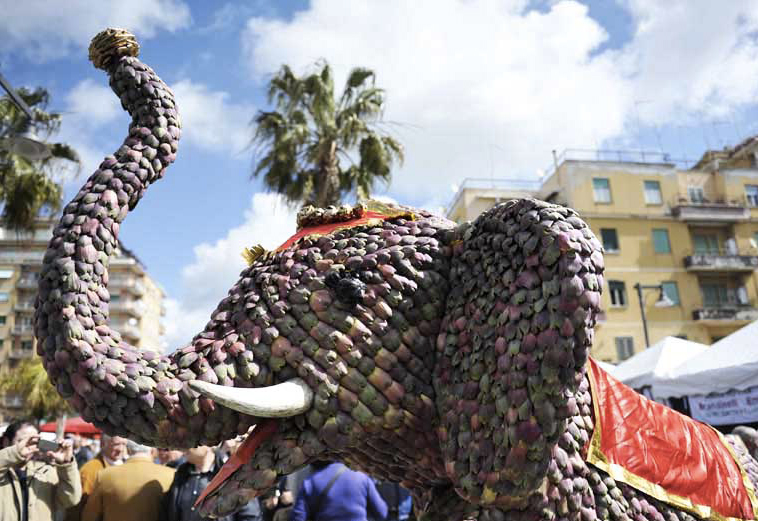
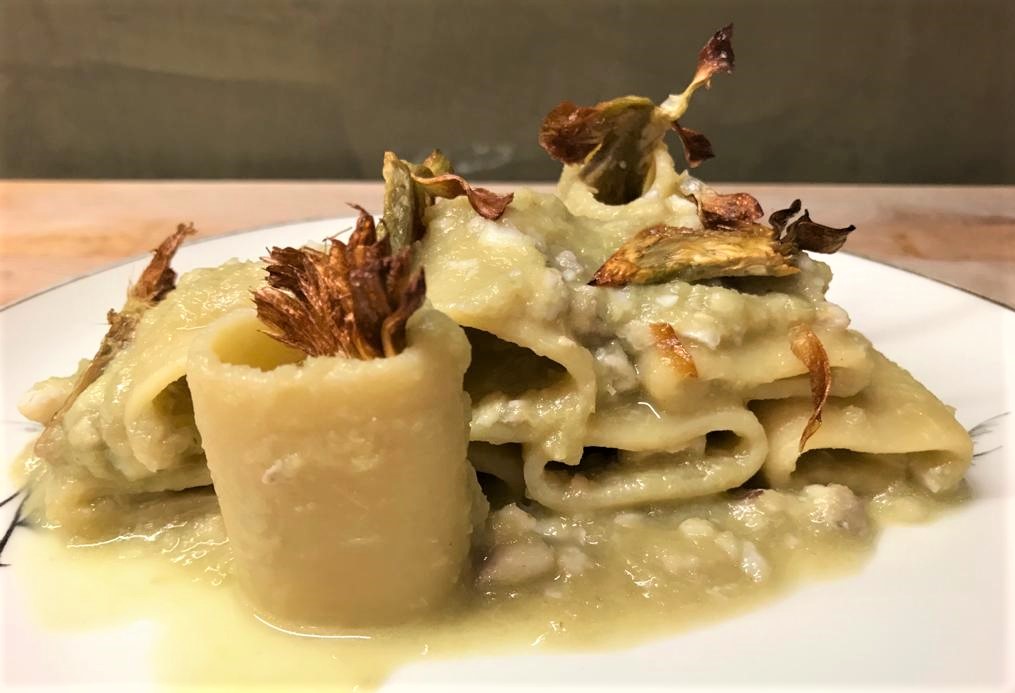

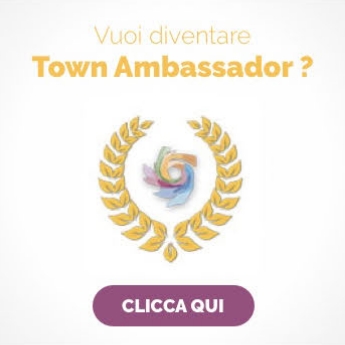


Follow us